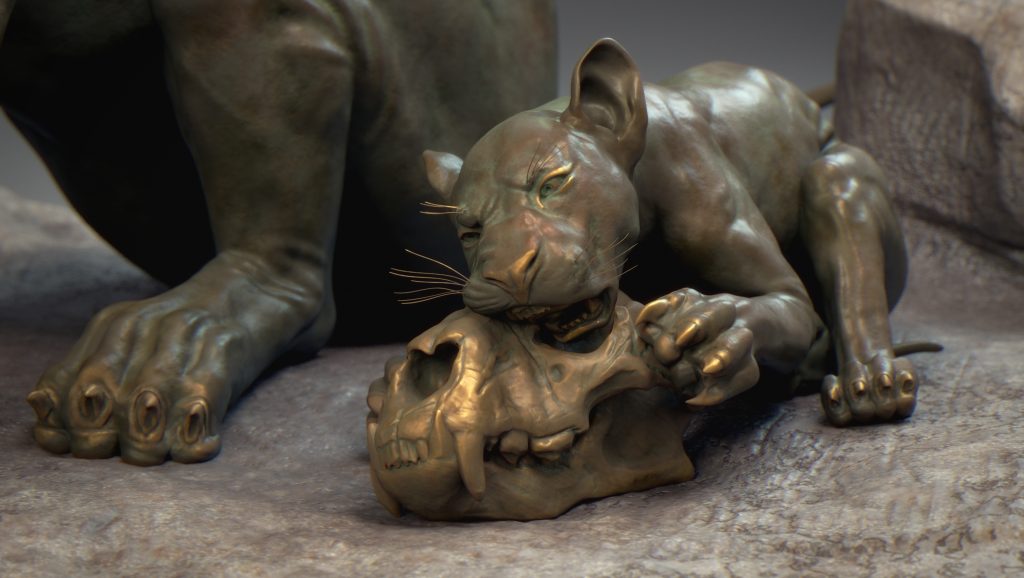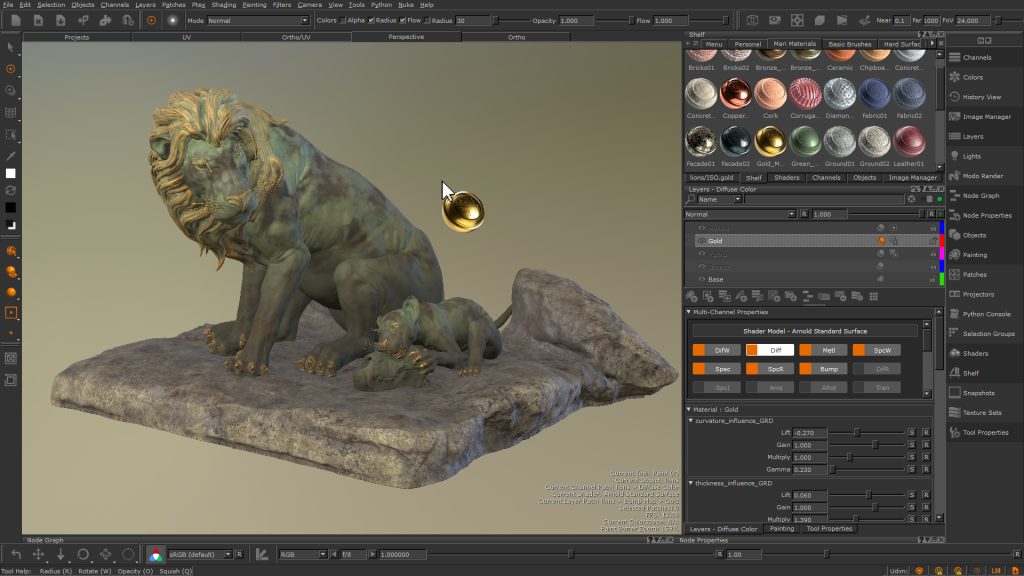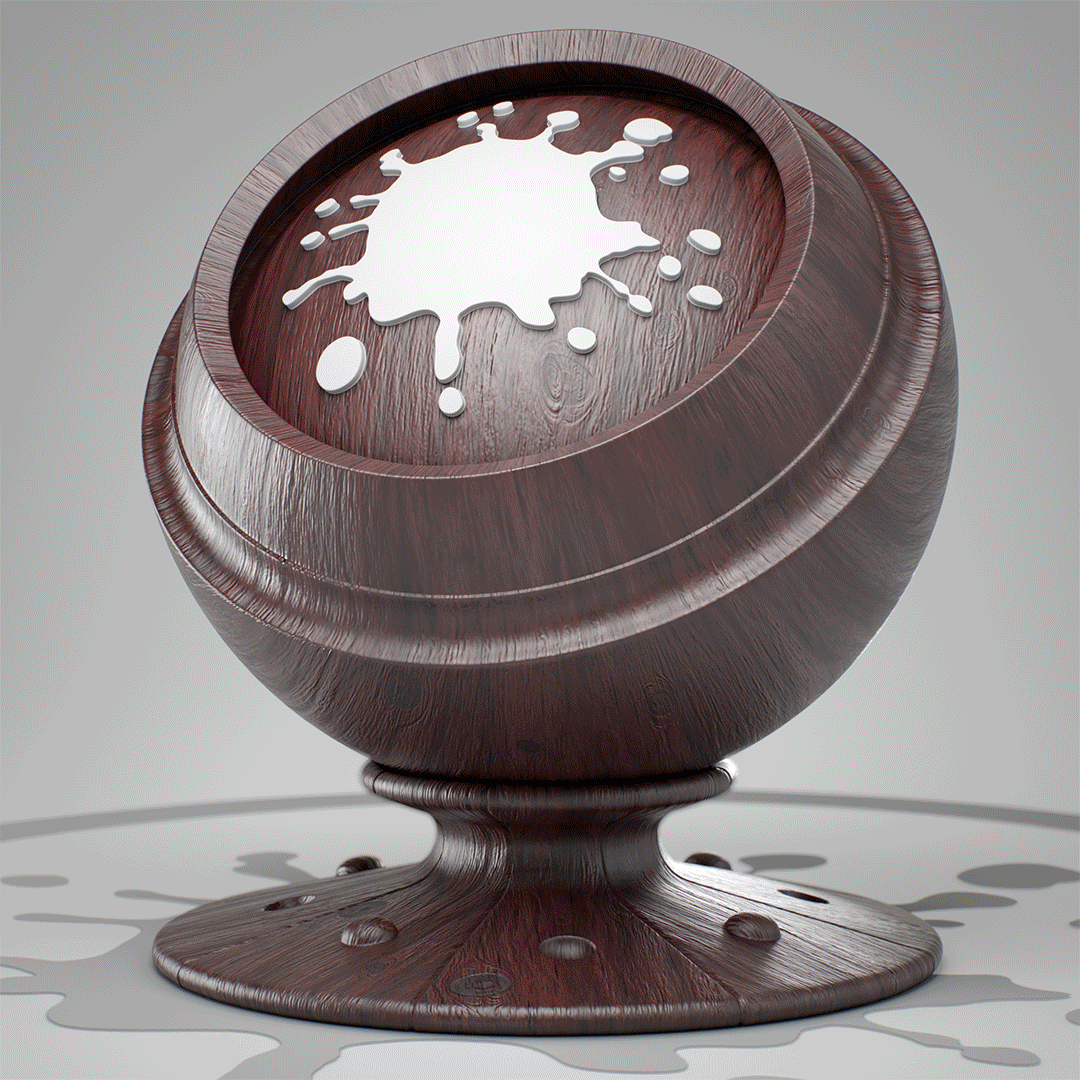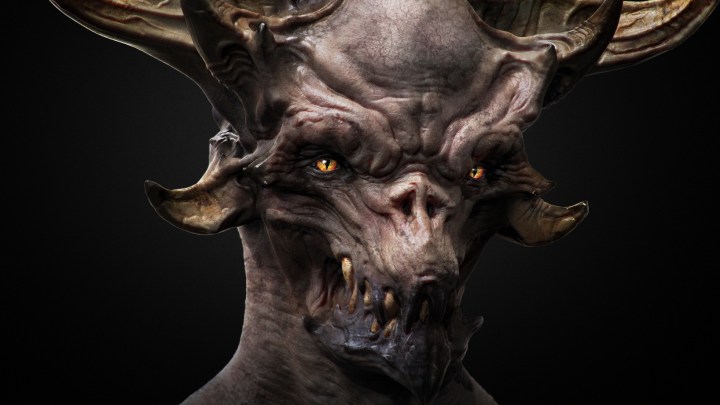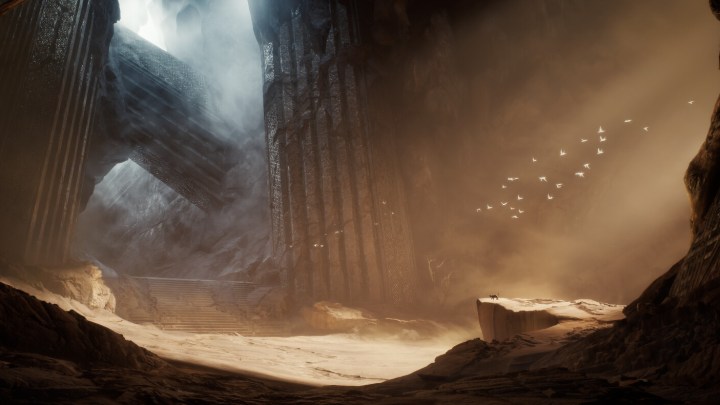How to Work Smarter in Look Development and Lighting
Look development is a broad term used a lot in the VFX and animation business, but less so outside of it. There is a fundamental meaning all can grasp: to implement a creative idea to a realized state that has an agreed upon truth. Make something look right in the context of a larger project. It is truly an awesome feeling when you nail the look development of an asset or the lighting for a shot or sequence. Even better, when each element contributed by a team member comes together to make a stronger whole. That is the pay-off that keeps people motivated in a VFX, gaming or animation career.
Artwork by Gäel Kerchenbaum
Yet, a lot has changed over the years with advances in software and hardware. What is consistent is that outside personal projects the dynamics of creative work has drastically changed. Client expectations for quality, cost, and timeframe have shifted in challenging directions. While client demands have shifted, their understanding of the work involved most often has not. The wide spread photorealistic and high-quality stylized work has led to the impression it is easier to do than in reality.
So how does an individual or team of people navigate these choppy but exciting waters we find ourselves in right now? There is no one silver bullet tool – but there is a silver bullet philosophy. That is, to “work smarter not harder”. Yes, it may sound trite, but it is a truth.
Add meaning to your work.
First you must ask yourself, “what do you do that adds value that only you can do?” An artist’s greatest contributions are critical thinking, vision and craft. The technical logistical steps are not where an artist contributes their value. They are a reality of pipelines that drive professional studios. Figure out how many times a day or week you perform a task and how much time that takes you. Ask your colleagues if they have the same challenge. Once you start to multiply the impact of this workflow challenge, you can work out how much this costs you or your company.
Artwork by Gäel Kerchenbaum
There is a direct ROI to you as an artist and your company in workflow tools that free you from the technical logistics of pipelines and workflows. You just have to look at the cost of your lost time. After looking at what you can do for yourself with existing tools, the next avenue is your relationship with software vendors.
Learn best practices from industry leaders.
This is where we turn to what Foundry is doing in the space of Look Development and Lighting. At FMX 2019, there were two presentations by Foundry that painted an interesting picture. The two Foundry tools in question are Mari (3D digital painting) and Katana (look development and lighting). Check out Foundry’s FMX playlist to see their presentations where both discuss Mari’s use in a ‘work smarter not harder’ context. The most exciting thing presented for Mari was the future of a highly-efficient path that removes a giant portion of the logistics of look development. The Look Development Workflows in the upcoming Katana 3.2 show the exciting possibilities for look development.
While you are at it, check out the presentation by Seth Cobb (formerly of Method Montreal now at Blur Studios) from Siggraph 2018. There, he demonstrates how large scale assets were look developed quickly with only a handful of shaders using the power of the Katana shading system.
The common themes to the production philosophy in these videos is not just about automation. It is about working in ways that maximize the impact of each creative iteration and maximizing the number of them. We are artists and we should be spending our days doing the things only we can do. Work smarter, not harder.
